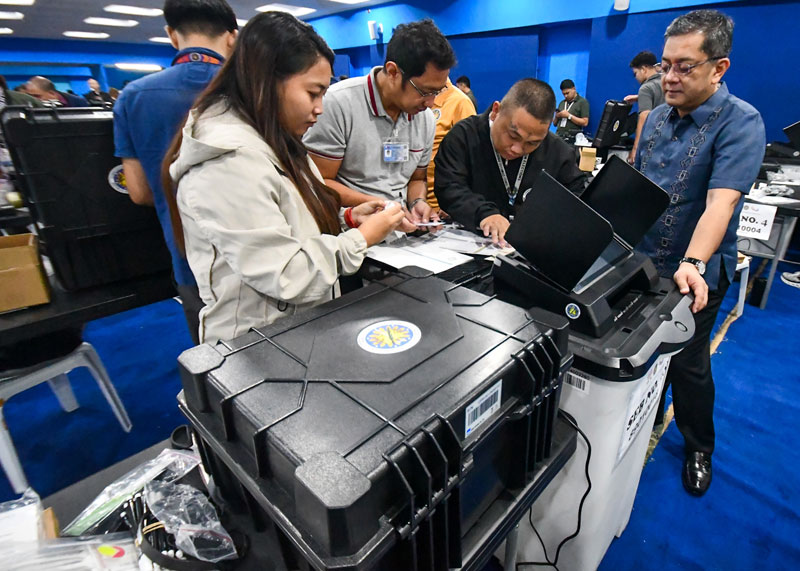Q1 growth at 5.4% as inflation eases, consumption rises
The Philippine economy ranked as the second fastest-growing in the Asian region, slightly picking up to 5.4 percent in the first quarter of the year from 5.3 percent in the fourth quarter of 2024, the Philippine Statistics Authority said.
While growth was slightly slower than the 5.9-percent expansion seen during the same period last year, Secretary Arsenio Baliscan of the Department of Economy, Planning, and Development (DEPDev) said the Philippines is emerging as one of the fastest-growing middle-income economies.
The Philippines trailed only to Vietnam (6.9 percent) and was tied with China (5.4 percent), while outpacing Indonesia (4.9 percent), Malaysia (4.4 percent) and Thailand (forecasted to grow at 2.8 percent).
“This performance underscores the relative resilience of our economy in the face of global volatility,” Balisacan said.
“This optimism is not passive nor misplaced—it is matched by a commitment to swifter, more decisive, and dynamic action. The Marcos Administration is working hard to facilitate targeted and strategic investments, enable innovation, proactively monitor risks, deploy targeted social assistance, and preserve our sound macroeconomic fundamentals,” he added.
Finance Secretary Ralph Recto said the country’s GDP performance highlights the continued strength and resilience of the Philippine economy, even amid rising global uncertainties.
“Our growth is strong, inflation continues to ease, private consumption is rising, and our job market remains vibrant. These are clear signals of accelerating domestic demand ahead, which is our strongest shield against external headwinds and trade wars,” Recto said.
The PSA said all major economic sectors – namely agriculture, forestry, and fishing, industry and services – posted year-on-year growths in the first quarter of 2025 with 2.2 percent, 4.5 percent and 6.3 percent, respectively.
The main contributors to the first-quarter growth were wholesale and retail trade, repair of motor vehicles and motorcycles at 6.4 percent; financial and insurance activities at 7.2 percent; and manufacturing at 4.1 percent.
On the demand side, household final consumption expenditure grew 5.3 percent in the first quarter of 2025. Government final consumption expenditure increased 18.7 percent; gross capital formation, 4 percent; exports of goods and services, 6.2 percent; and imports of goods and services, 9.9 percent.
The gross national income grew 7.5 percent in the first quarter of 2025, on the back of a 24.6-percent increase in net primary income from the rest of the world.
For his part, Speaker Martin Romualdez said the first quarter growth was a clear and reassuring sign that the country’s economy is in steady, competent hands under President Ferdinand Marcos Jr.
“This growth means more than just numbers. It means jobs, livelihood, and greater economic activity in our communities,” said Speaker Romualdez.
“The economy is moving—and it’s moving in the right direction, because the President’s policies are working not only for investors and big businesses but more importantly for ordinary Filipinos.”
He said the House of Representatives will continue to pass laws aligned with President Marcos’ Eight-Point Socioeconomic Agenda, especially those that ensure food security, digital transformation, energy sustainability, and social protection.
“We are determined to make sure that this growth reaches every Filipino home—from the farmers in the provinces, to workers in the cities, to small entrepreneurs trying to recover from the pandemic,” Romualdez said.
The International Monetary Fund earlier projected a full-year growth of 5.5 percent for the Philippines in 2025, closely following the 5.6 percent expansion achieved in 2024.







